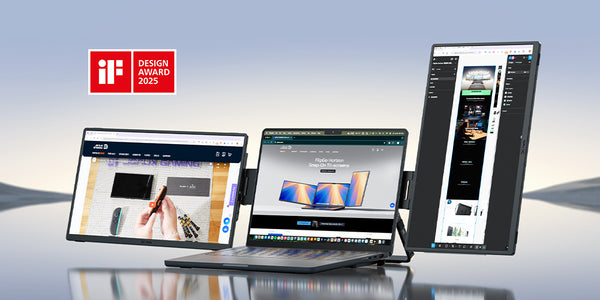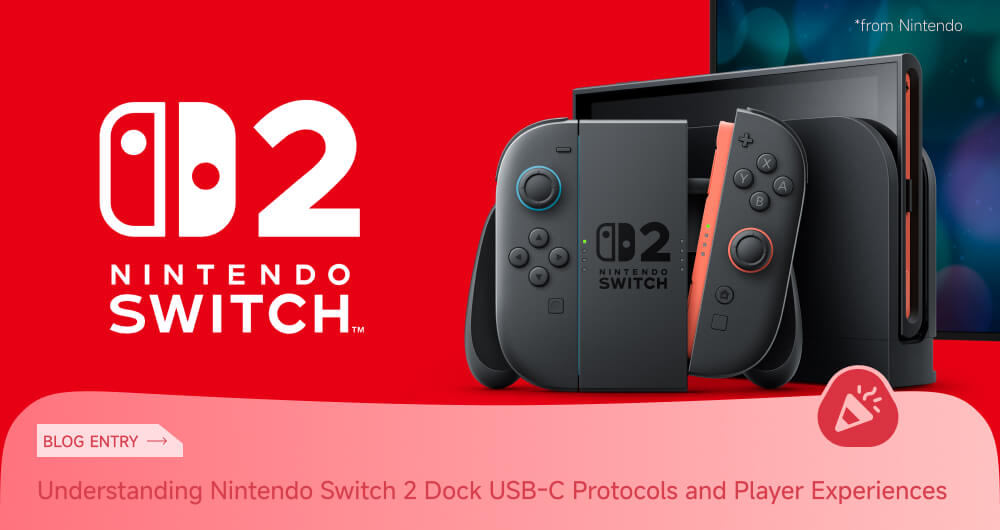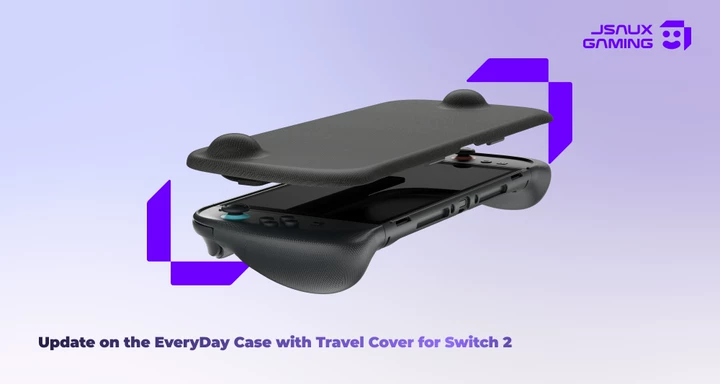Introduction
When it comes to the Nintendo Switch 2 and its compatibility with docks or USB-C chargers and other elements, there’s a lot under the hood to consider other than “does it fit” or “does it charge”. While the official dock is designed for guaranteed support, more often than not you will find that third-party docks and USB-C adapters run into compatibility issues. The reasoning for this is basically how Nintendo has implemented their USB-C, display and power delivery protocols this time with the Switch 2, plus some proprietary extensions, coupled with other factors such as cooling that many third parties tend to underestimate. Consumers on forums have had many discussions and complaints about how many different third party docks look like they’re functional (same connector, similar specs) but tend to fail either in video output, suffer from overheating, or just simply don't “negotiate” correctly with the Switch 2.
Compatibility Differences Between Official and Third Party USB-C Docks and Adapters
Let’s talk about compatibility differences first. The official Switch 2 dock is built around all of Nintendo’s requirements, including power/voltage handling, cooling and firmware awareness. Third party docks usually tend to match on paper- aka they feature the correct USB-C connectors, PD support, displayport alt mode and even HDMI conversion, but somehow still fall short in critical details.
For example, many adapters tend to not include the full suite of “Vendor Defined Messages” that Nintendo seems to require, or don't handle power negotiation the same way, while other docks provide no cooling solutions which is problematic when pushing higher resolutions of 4k, high refresh rates or longer gaming sessions. Compatibility isn't just about plugging something in and brute forcing it to work, but more about how gracefully the dock and the console talk to each other during high load. Many users have reported that even when these third party docks are connected physically, the Switch 2 may refuse to function normally by refusing video output, lower quality output, or just straight up throttle performance. Taking all of this information into consideration, if you are interested in exploring options that are built specifically with the Switch 2 in mind, check out this curated collection of accessories for the Switch 2.
USB-C Protocol, Nintendo’s Proprietary Implementation, and Why It Matters
There are two sides to the same coin when it comes to connectivity and power delivery. USB-C (the connector) being one, while USB PD (power delivery) is another. USB-C defines what flows through it, while USB PD focuses on stuff like DisplayPort Alt Mode, eMarker / CC (cable configuration), vendor defined messages.
According to player observations and discussions on various platforms and forums, it has been observed that Nintendo adds proprietary elements early into the handshake between the dock and Switch 2. For example, before confirming that there is a video output, there are “Vendor defined/unstructured” messages exchanged that seem to act like an IFF system, or better yet a compatibility check, leading to users to believe that these are used to enforce that the only docks meeting Nintendo’s specifications for cooling, power or even firmware checks are accepted, resulting in a higher QA when it comes to third party implementation and accessories.
Either way, this extra layer means that just having “USB-C + DisplayPort + PD conformant” is not enough for third parties if a dock or adapter doesn't meet Nintendo’s specifications. Furthermore, newer USB-C specification versions demand even stricter compliance, which sometimes third party manufacturers cut corners on, so unless the dock supports exactly what Nintendo expects on both a hardware and software level, expect failures.
For a deeper dive into adapters and their quirks, see our related blog post that talks about USB-C Adapters
Usage Scenarios & Potential Issues: Gaming, Streaming, Multi-Screen
Let’s look through some real-world scenarios:
- Gaming- When docked, the Switch 2 pushes for higher resolutions, going up to 4k in some cases. This means it requires more cooling and a stable power supply. If you use a third party dock that lacks in other departments can result in problems such as thermal throttling, performance loss, or even display issues, with some users reporting that some third-party docks have made their systems run hotter than normal or caused frame drops when pushed.
- Streaming or multi screen setups- Obviously, these require a bit more to function correctly and as such tend to be a lot more sensitive. If a third party dock or adapter does not properly support the required “alt mode” for video, or the correct conversion to HDMI, you will see problems such as flickering, signal loss, or simply see nothing at all. Furthermore, when using multiple displays whether it’s for streaming or any other purpose, the quality of the video path and power stability is paramount, with users reporting failure when switching between screens or when a monitor tries and fails to negotiate changing modes because the handshake fails for one reason or the other.
- Power and Charging Differences: The official docks are created to meet the appropriate voltage and power draw demands, as well as cater for a little extra draw on top. Third party adapters often support lower PD profiles, or only cater to specific voltages which limits their performance, or worse, fail during demanding usage scenarios.
Summary
So, that was a lot of technical talk and jargon slung into the article, but what should you as a consumer take away from all this? The Nintendo Switch 2’s official dock works because it uses both standard USB-C technology as well as Nintendo’s added protocol alongside higher cooling and firmware expectations. Third party docks and USB-C adapters may support some of these features, but many often fall short in one or sometimes even more crucial areas. In different scenarios such as gaming marathon sessions, streaming, or multi screen setups, these shortfalls can mean anything from slightly degraded graphics to heating problems, or just straight up no video output.
Many users are split. Either way, if you are shopping around for a third party dock or adapter, you want to ensure you find something that explicitly matches the higher technical demands of the Switch 2.

















![#style_[2-pack] for all rog ally models](http://jsaux.com/cdn/shop/files/GP0113A-Anti-Glare-Screen-Protector-for-ROG-Ally-_-ROG-Xbox-Ally-Series-1_jpg.png?v=1762310072&width=92)









![#style_blue&orange [2-pack]](http://jsaux.com/cdn/shop/files/90_-USB-C-to-USB-C-Right-Angle-Adapter-blue-orange-1.png?v=1755238920&width=92)





















Leave a comment
All comments are moderated before being published.
This site is protected by hCaptcha and the hCaptcha Privacy Policy and Terms of Service apply.